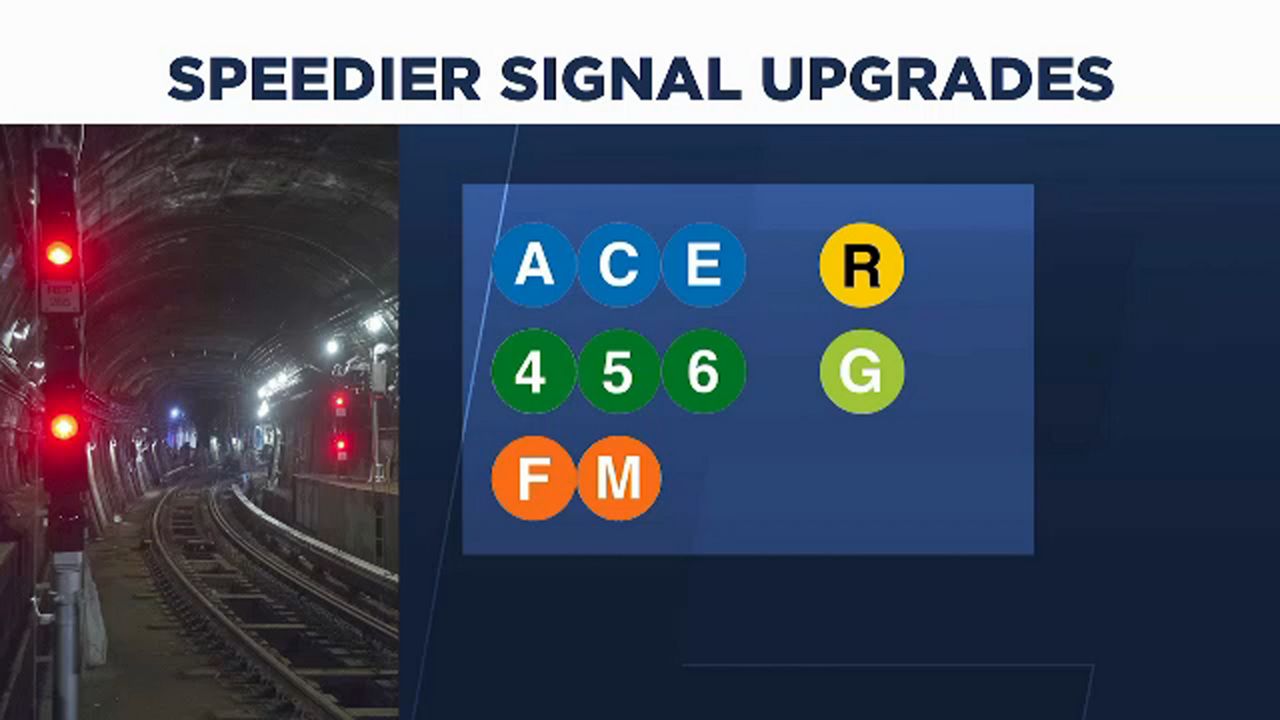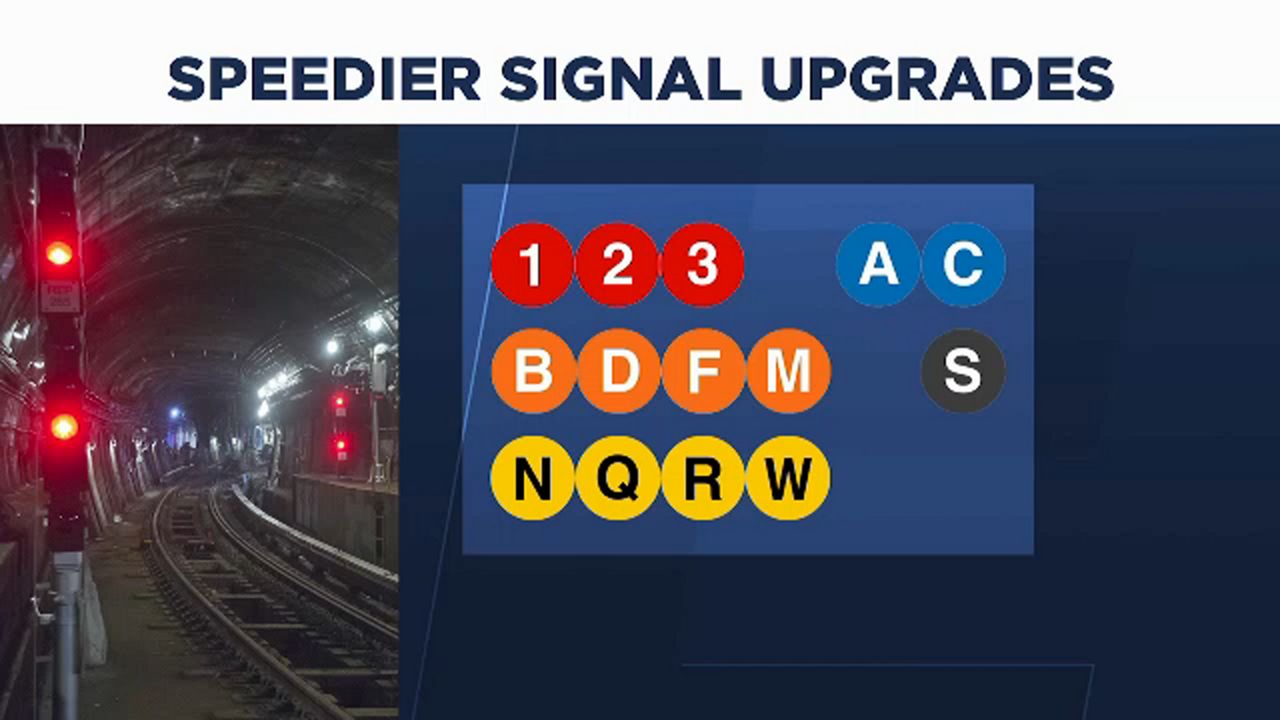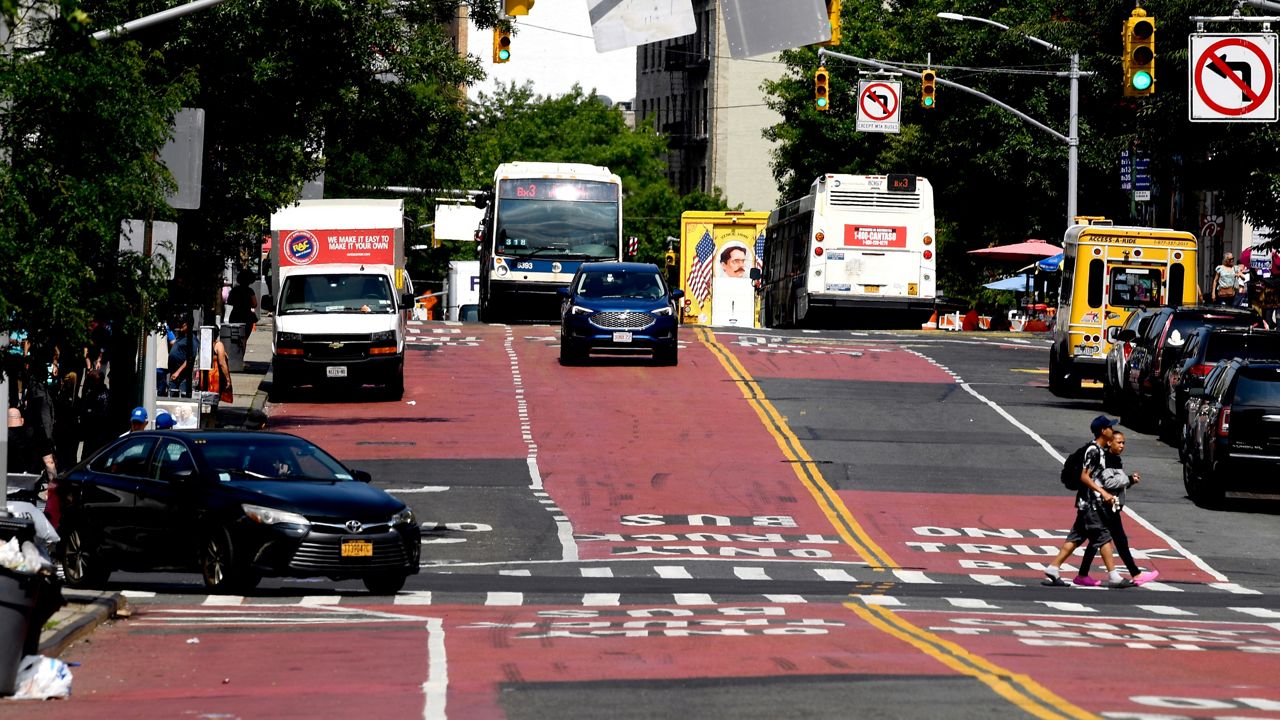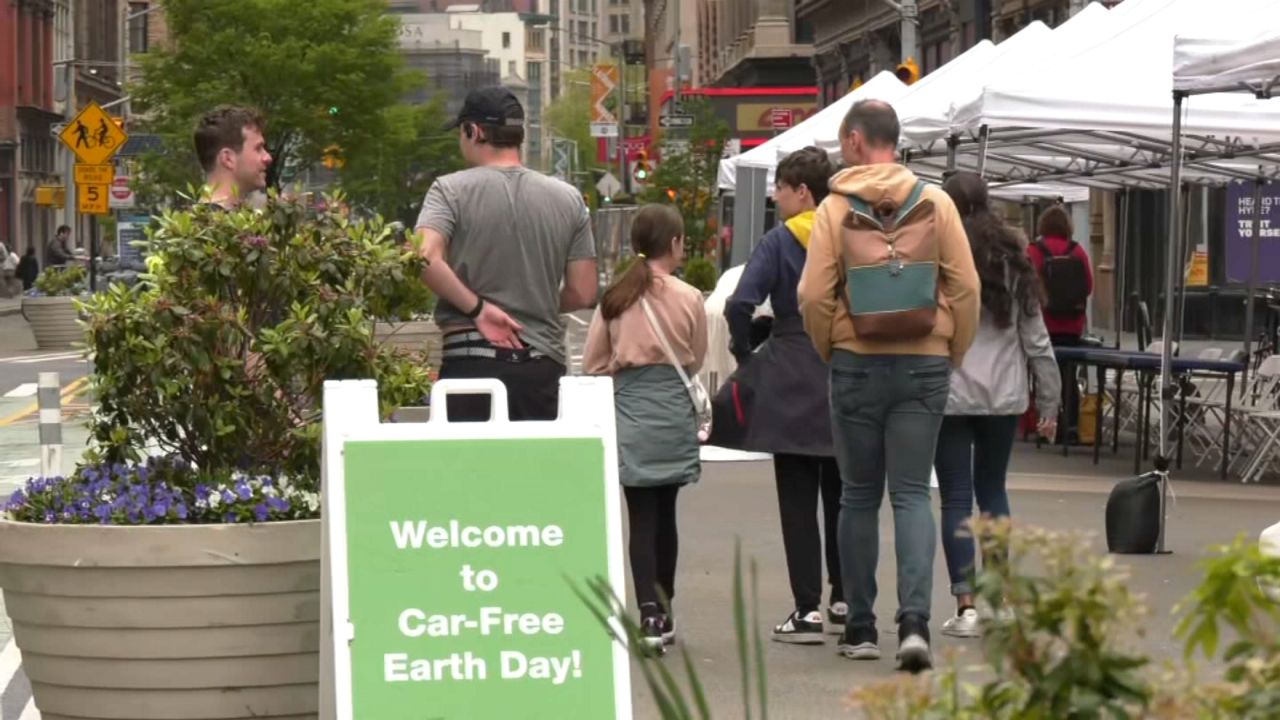"We need to deliver radical reform; mere tweaks to the system will not do," New York City Transit President Andy Byford said April 27. "What we need is a top-to-bottom overhaul of every aspect of our operation."
On Wednesday, that plan will be set in motion when Byford is slated to release his blueprint to overhaul the subway and bus system, something he's touted as "bold, wide-reaching, even controversial in its ambition."
At its heart, sources say, is installing new signals along the busiest sections of ten subway lines — the A, C, E, R, 4, 5, 6, G, F, and M lines — over five years so trains can run more closely together, increasing capacity. The lines carry about half the system's riders.
"New Yorkers like to see decisiveness, they like to know when it's going to get done and what the benefits are going to be," said Jon Orcutt of TransitCenter. "They don't want it to sort of dribble out over a decade or 15 years."
Sources say the accelerated signal work will be done on weekday nights and weekends — a much speedier upgrade than previously planned.
Byford's new approach is expected to cause more disruptions to service, but over a shorter period of time. By comparison, it took close to a decade to upgrade the signals on L line, and it is taking just as long on the 7. That work has been largely limited to weekends.
Advocates praised Byford for pushing for more rapid change within an agency that's been criticized for delays and half-measures.
"This is a more serious plan to fix the subway than the MTA has come up with in a generation," said John Raskin of transit advocacy group Riders Alliance. "That adds to the urgency to make it happen and to put in the money to make it happen."
Once the first five years of signal work is completed, a second wave of upgrades will begin on sections of 14 lines: The 1, 2, 3, A, C, B, D, F, M, S, N, Q, R, and W lines.
The MTA says it will not have a price for the plan until its 2020-2024 Capital Program takes shape — although sources say the first five years could cost $17 billion. That's a figure the MTA called "premature."
"You get big results by laying down big goals, and that's what we're seeing here. That policy change, it's hard to overstate how big it is," Orcutt said.
Also included in Byford's plan is a commitment to double — to 50 from 25 — the number of stations that will be made accessible to the disabled within the next Capital Program.
Currently, not even a quarter of the 472 stations comply with the Americans with Disabilities Act.
The plan also lays outs strategies for overhauling the bureaucracy of New York City Transit and motivating the workforce, in hopes that it all can combine to make for better service.








_Dnt_MTA_Fare_Gates_Clean)
_LLV_Dnt_Super_Speeders_Bill_Clean_134073220_675)

